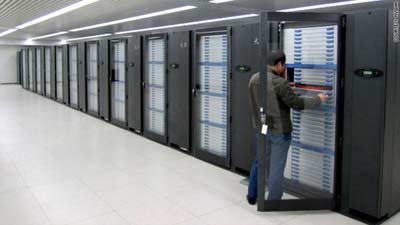NVIDIA GPU’s Used in China’s Tianhe-1A Supercomputer For Solar Energy Research
Chinese researchers have run the world’s highest performing molecular simulation to examine improved techniques for more efficient production and use of crystalline silicon, a key material used in solar panels and the semiconductor industry. Researchers at the Chinese Academy of Sciences’ Institute of Process Engineering (CAS-IPE) used Tianhe-1A, the world’s fastest supercomputer, to perform a simulation on NVIDIA Tesla GPUs that was five times the performance and more than twice the size of the previous highest-performing molecular simulation. The simulation modeled the behavior of 110 billion atoms at an unprecedented 1.87 petaflops of performance. The previous record for a simulation of this kind was 49 billion atoms at 369 teraflops of performance.

“Computer simulations are critical to the study of new materials and production methods as it can reveal far more details than experimental measurements, at much less cost,” said Dr. Wenlai Huang, research associate at CAS-IPE. “The levels of performance we achieved by using all 7,168 NVIDIA GPUs in the Tianhe-1A supercomputer enabled us to run simulations that come closer than ever to reproducing the behavior of the material in different aspects and its true bulk properties under different conditions, which are more meaningful for engineering and industrial purposes.”

Comments are closed.